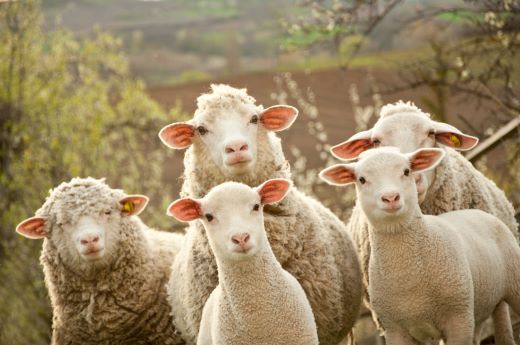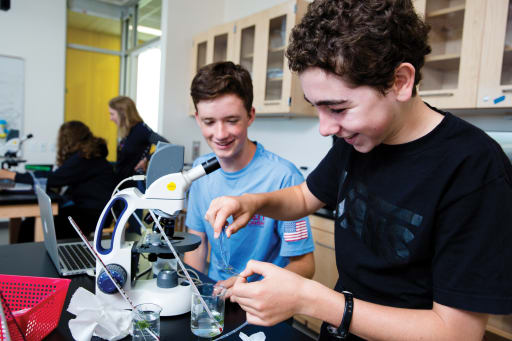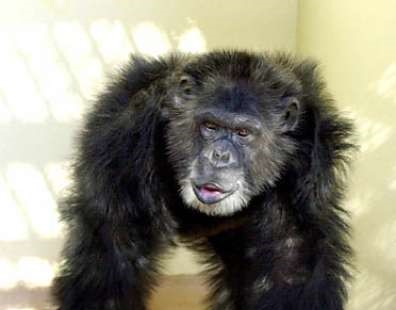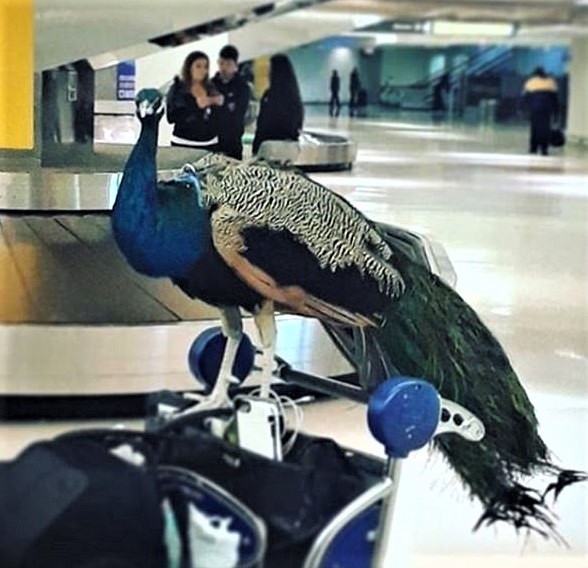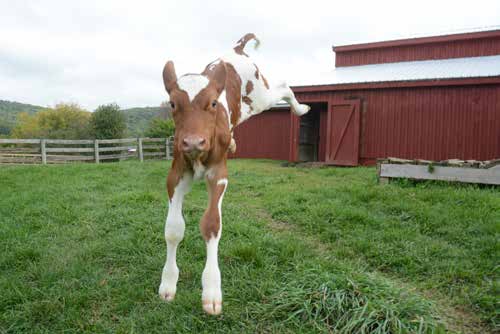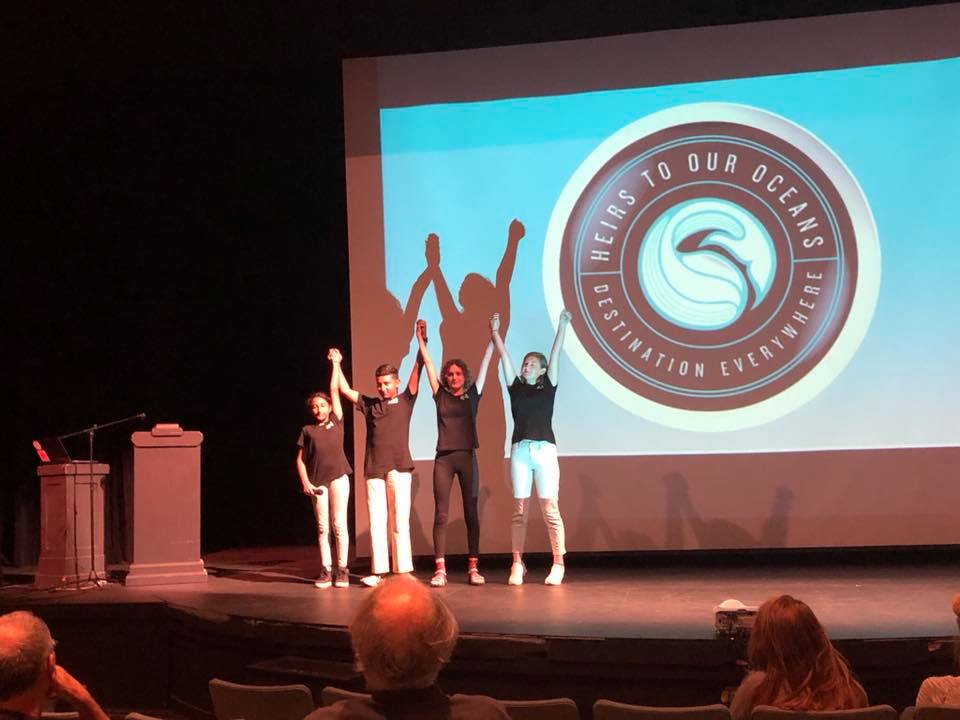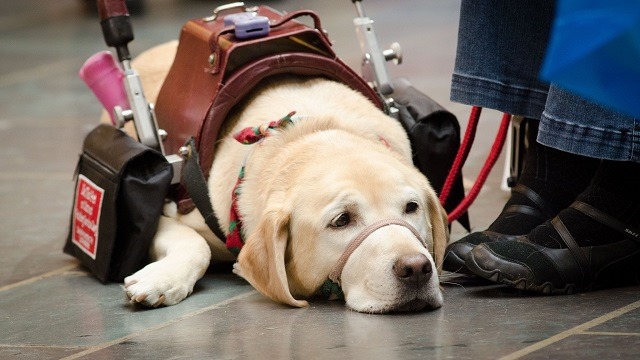What does science tell us about the welfare of emotional support animals?
In 2018, a peacock named Dexter spent several hours perched atop a pile of luggage while waiting for a seat on a United Airlines flight. Dexter’s owner claimed he was an Emotional Support Animal or ESA.
The photo of his “dilemma” went viral as most people viewed this as a humorous, albeit preposterous, set of circumstances. And even more recently, a Missouri woman is fighting the law so that she can keep three monkeys in her home as emotional support animals to help her with Post-Traumatic Stress Disorder.
A wide range of animals can be registered as ESAs, including pigs, ducks, hamsters, ferrets, monkeys and lizards and there are any number of organizations providing ways to register one’s pet as an ESA. In 2003, the Department of Transportation updated its policy regarding animals in air transportation to say that “animals that assist persons with disabilities by providing emotional support” qualify as service animals. Therefore, many agencies lump ESAs into the same category as Service Animals (SAs). And the use of Emotional Support Animals has grown explosively over the past few years, with puppies and rabbits being used to calm the nerves of students taking tests and patients in medical waiting rooms as well as even customers in airports who are nervous about flying.
Unlike service animals, who are individually trained to perform a specific task for the benefit of an individual with a clear disability (like epileptic seizures and self-mutilating behaviors), emotional support animals are not required to have individual training for a specific task. They simply need to be there for “comfort.”
But while it may be comical and entertaining to see a pig or a lizard or a peacock in an airport or a capuchin monkey in diapers, the question one cannot avoid is “What are these animals doing there in the first place?” And from that, a wealth of welfare questions flow. Should an exotic animal be in an airport or a living room? Would any animal choose to be in that situation? Are there more humane ways for people to reduce anxiety? Has this gone too far? And, what do ESAs tell us about our relationship with animals?
What does science tell us about the effectiveness of ESAs?
Let’s be clear: Scientific studies show that contact with animals can have nonspecific temporary and moderate effects on stress level, anxiety, depression, and blood pressure. But these same benefits can be achieved with other objects and interventions, such as a stuffed animal or a plant. The evidence says that a live animal is not needed for most situations, including animal-assisted therapy.
And there are clearly many other ways to achieve relaxation and reduce stress. As the literature tells us, inanimate objects, blankets, conversation with another human being, cognitive-behavioral relaxation techniques and, yes, even medications, work.
Some may argue that while the effectiveness of a “generic” live animal for emotional support might be questionable, individuals who bring their ESAs on planes have a personal relationship with a specific individual animal and therefore the benefits are not objectively measurable. But what does it mean to say that one “needs” to have a pet along for the ride?
More to the point: How symmetrical is the relationship between an ESA and a human who claims to need him or her? While it may be all well and good for someone to feel more comfortable flying with their bird, the fact that the bird has apparently no opportunity to exercise his or her autonomy in the situation belies claims that the relationship is a mutually satisfying one.
Most emotional support animals are dogs (and some cats) and are therefore domesticated animals who co-evolved in the company of humans. From a welfare perspective, there are no circumstances under which one could argue that other kinds of animals – e.g., lizards, birds, pigs, or horses – would be better off on a plane or in an airline terminal than in a natural setting suited to the animal’s adaptive nature and needs. It is inarguable that it is much more difficult to meet the needs of wild animals in any captive situation than a dog or cat. Watching the videos of the woman with the three monkeys, one can see numerous manifestations of extreme stress on the part of the monkeys: yawning, pacing, thumb-sucking, etc. Non-domesticated animals are spectacularly unsuited to being ESAs.
So, the welfare issues for dogs as emotional support animals may not be as extreme as those for wild animals, who have not evolved to be in a close interdependent relationship with humans, let alone flying through the air at 36,000 feet in cramped quarters! But one can legitimately ask whether even dogs who are used as Emotional Support Animals are adversely affected by the demands made upon them. While there is much attention given to how animals are useful to humans, there is very little attention given to the issue of “support”, “service” and “therapy” animal welfare from the animal’s point of view.
The long history of co-evolution between dogs and humans has ensured that dogs are highly receptive to our emotions and often absorb them. Therefore, it is concerning that there is growing evidence that negative human emotional states can produce a matching emotional state in dogs. One study using measures of the stress hormone cortisol as a proxy for anxiety level showed that anxious and nervous dog owners seem to have tense and nervous dogs. Also, in this study, the dog owners who scored high in neuroticism on personality tests had dogs who were less able to modulate pressure and stress than owners who scored lower on neuroticism. Another study showed that long term stress levels are synchronized in dogs and their owners.
Therefore, it is not an unreasonable concern to think that if an anxious person has a dog as an emotional support animal, the dog may be in jeopardy of being made anxious in this role. And it would also not be unreasonable to find that other emotional states, such as depression, may “flow down the leash” as well. Of course, everyone gets anxious and depressed at times, but the fact that these animals are forced to be in close contact with someone precisely because they are emotionally unstable gives one pause. One might ask at what point do the emotional support animals need emotional support themselves?
Animals as Objects
What does the use of animals as ESAs tell us about our relationship with them? This is not to imply that owners of ESAs do not have affection and concern for their animals, even exotic pets. These situations are multi-dimensional. But once other animals are given a label and constricted into a role, then the relationship moves from one of companionship into the very troubling territory of instrumentalism. They are objectified and vulnerable to exploitation—as tools, resources, entertainers, models of disease, and even healers—and the needs of the animals recede into the background against the self-interested exertions of our own species. Conveniently, objects don’t have feelings and do not require emotional support.
So, in answer to the question of whether the use of Emotional Support Animals reflects our continued lack of recognition that animals have their own emotional needs, I suggest the answer is yes. As the neighbor of the Missouri woman said when he was interviewed about her ESA monkeys: “These are wild animals. They belong in a zoo.”
References:
* Marino, L. (2012). Construct validity of animal-assisted therapy and activities: How important is the animal in AAT?. Anthrozoös, 25(sup1), s139-s151
* Schöberl, I., Wedl, M., Beetz, A., & Kotrschal, K. (2017). Psychobiological factors affecting cortisol variability in human-dog dyads. PloS One, 12(2), e0170707.
* Sundman, A. S., Van Poucke, E., Holm, A. C. S., Faresjö, Å., Theodorsson, E., Jensen, P., & Roth, L. S. (2019). Long-term stress levels are synchronized in dogs and their owners. Scientific reports, 9(1), 7391.

